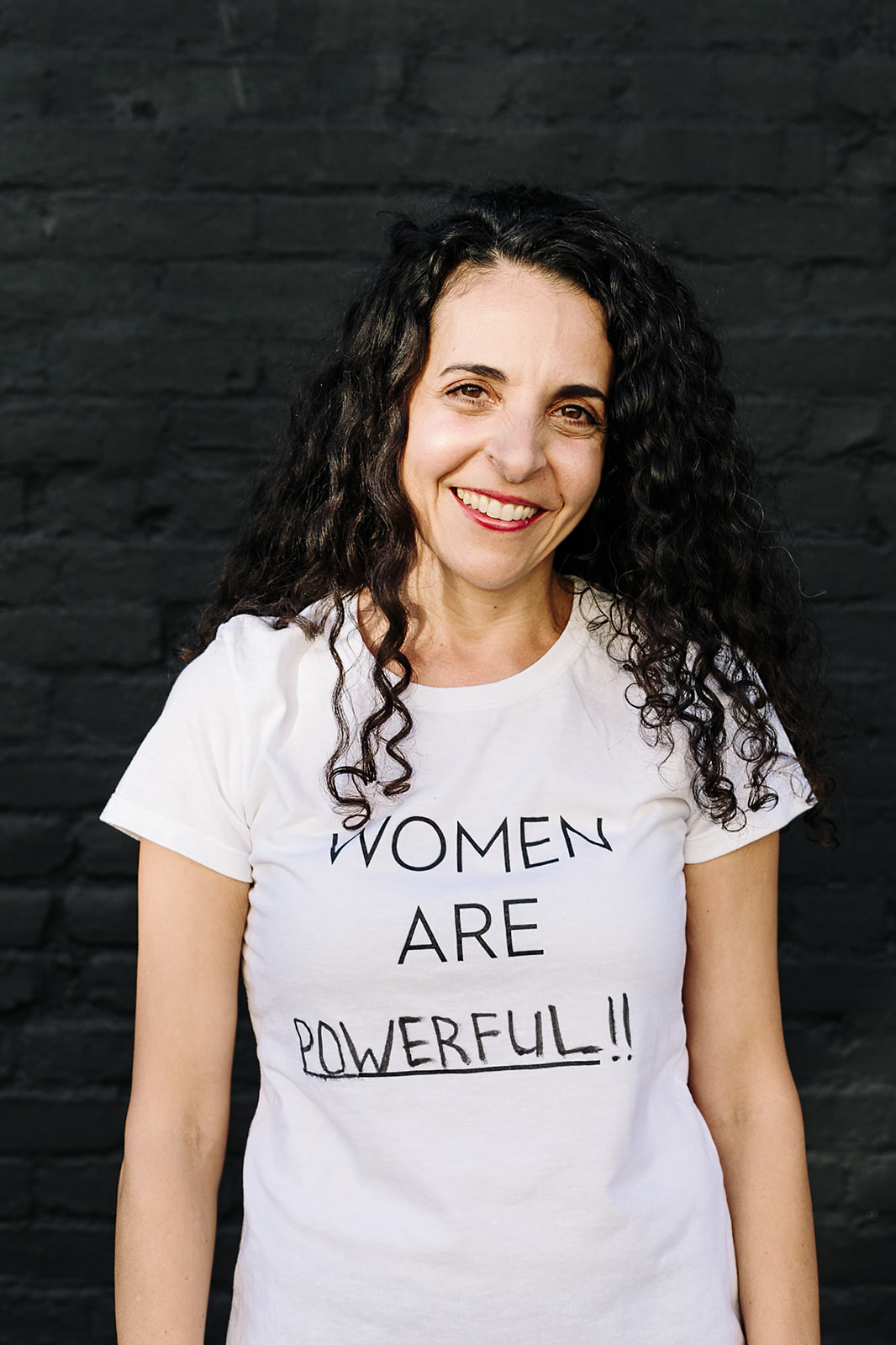“Owning our voices safely is not always easy to do. We cannot do that alone by sheer will. We are social beings through and through. We are deeply influenced and affected by one another, and therefore, deeply vulnerable in one another’s company...When we feel we lose our power, it is as if we are boxed in.”
Photo by Even Keel Imagery - Miriam Brummel
WOMEN ARE POWERFUL. This phrase was inspired by a young client who is not yet an adult woman. It has special meaning for her because she has experienced bullying and yet is a strong, bright, and compassionate girl. She is finding healing in the midst of the messiness and owning her voice – her vulnerability, her fierceness, her unflinching sense of justice, her laughter, her grace, and her ability to say what is true for the sheer simple reason that it IS true. What she knew of women and girls was that we have a voice AND that each voice is strong - this IS powerful.
Owning our voices safely is not always easy to do. We cannot do that alone by sheer will. We are social beings through and through. We are deeply influenced and affected by one another, and therefore, deeply vulnerable in one another’s company. We have a whole field of social psychology that has shown us this. When we feel we lose our power, it is as if we are boxed in.
What I found fascinating, and also frustrating, while searching for a word to describe what women are to me, is that words have often have the unintentional effect of boxing us in. Each word has a cultural connotation and means something different to the person hearing it. Now, THIS is powerful, too. For example, women are POWERFUL. Maybe I mean that women are strong and able to connect deeply to themselves and others; are able to unarm someone’s defenses with a smile and a few words spoken in the right tone at the right time. That is powerful, that is beautiful, and that is love in a sense.
Now, but what does POWERFUL mean in a cultural context? Perhaps a powerful person is seen as domineering, controlling, and ruthless. And we have heard, at times, that strong and/or powerful woman can be intimidating or worse…
So, I ask myself, what kind of power has most value to me, in my world? How do I want to show up or stand up?
I want my power to come through in my listening, in my attuning to myself, to others, to my family, to my friends, to the tree outside my window, and to the sand beneath my feet when the ocean water flows gently around my legs from it’s source. The power of love I feel when I look at the night sky with the moon and the stars reflecting in my eyes. And the power to say no, to stand up, to not back down, the power to fight – all when necessary. Power to discriminate or to discern.
“They” say we are at a crossroads in our humanity on this planet. And maybe that is true. I ask you, what is real power? What does it mean to be powerful in the most beautiful interpretation of the word?
For me, what is powerful is both my vulnerability and my fierceness. BOTH are necessary.
I bow to you, to us, to our humanity, to what makes us the same, so we may support each other in our differences and in our sameness. To not give up on ourselves, to remember to use the power that is our birthright. The power of our hands, of our voice, of our heart, of our minds, and of our feelings of connection.
HERE'S HOW YOU CAN PARTICIPATE IN DRESSEMBER WITH US:
Give! Visit our Dressember page and make a donation. It's that simple and no sum is too small. Truly.
Follow! Be sure to follow us on Instagram and our blog throughout the month of December. We will be documenting our fierce fashion choices but our deepest intention is to empower and educate.
Share! Help us spread the word. You can do this by sharing our social media posts or links to our Dressember fundraising campaign page.
Michelle Levy, PhD, is a Registered Psychological Assistant #PSB94024010 working under the supervision of Gabrielle Taylor, PhD. Dr. Levy’s clinical interests focus on parenting practices, attachment, child mental health and developmental concerns as well as the effects of trauma on youth, families and communities.

















